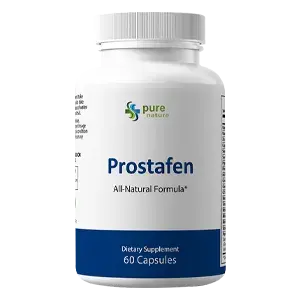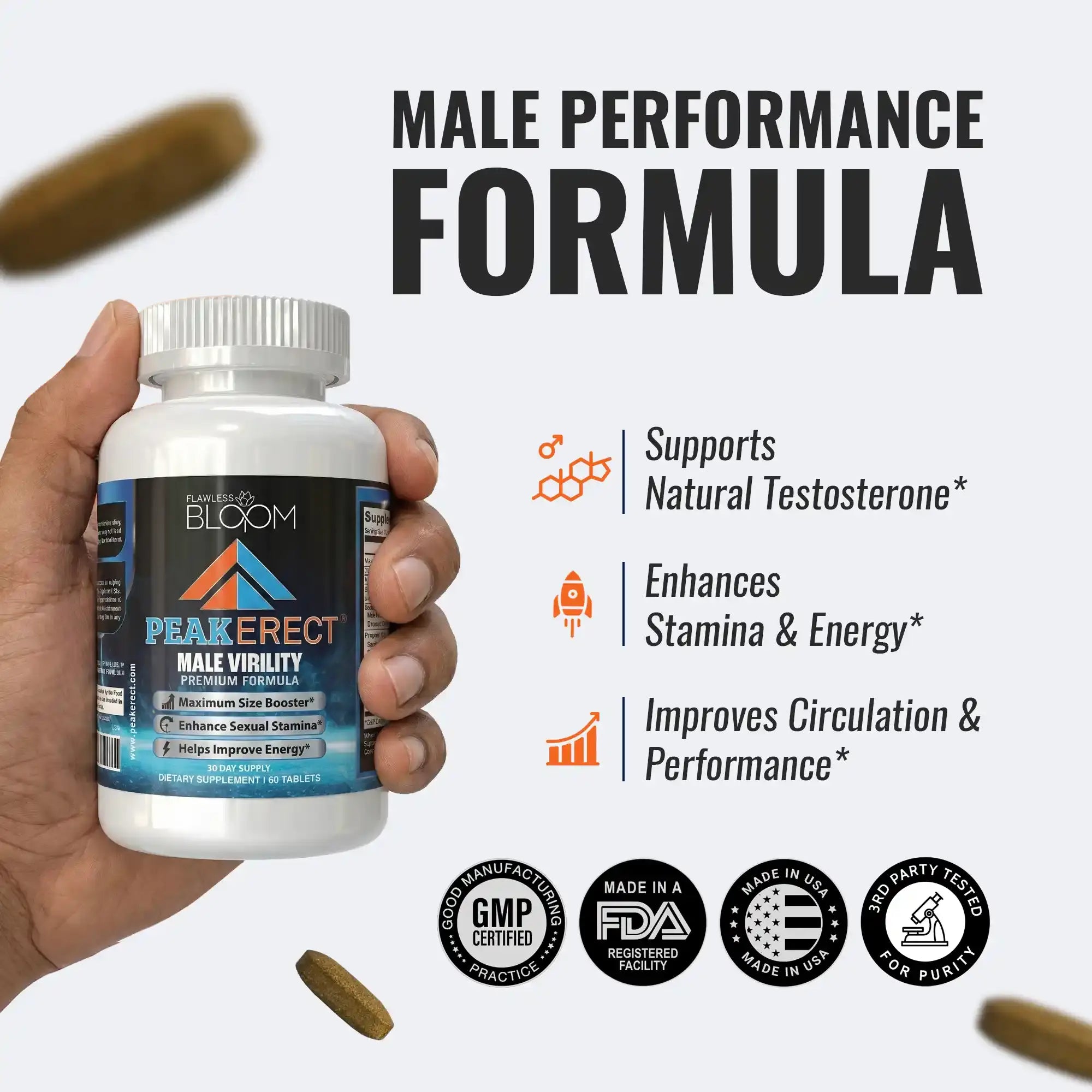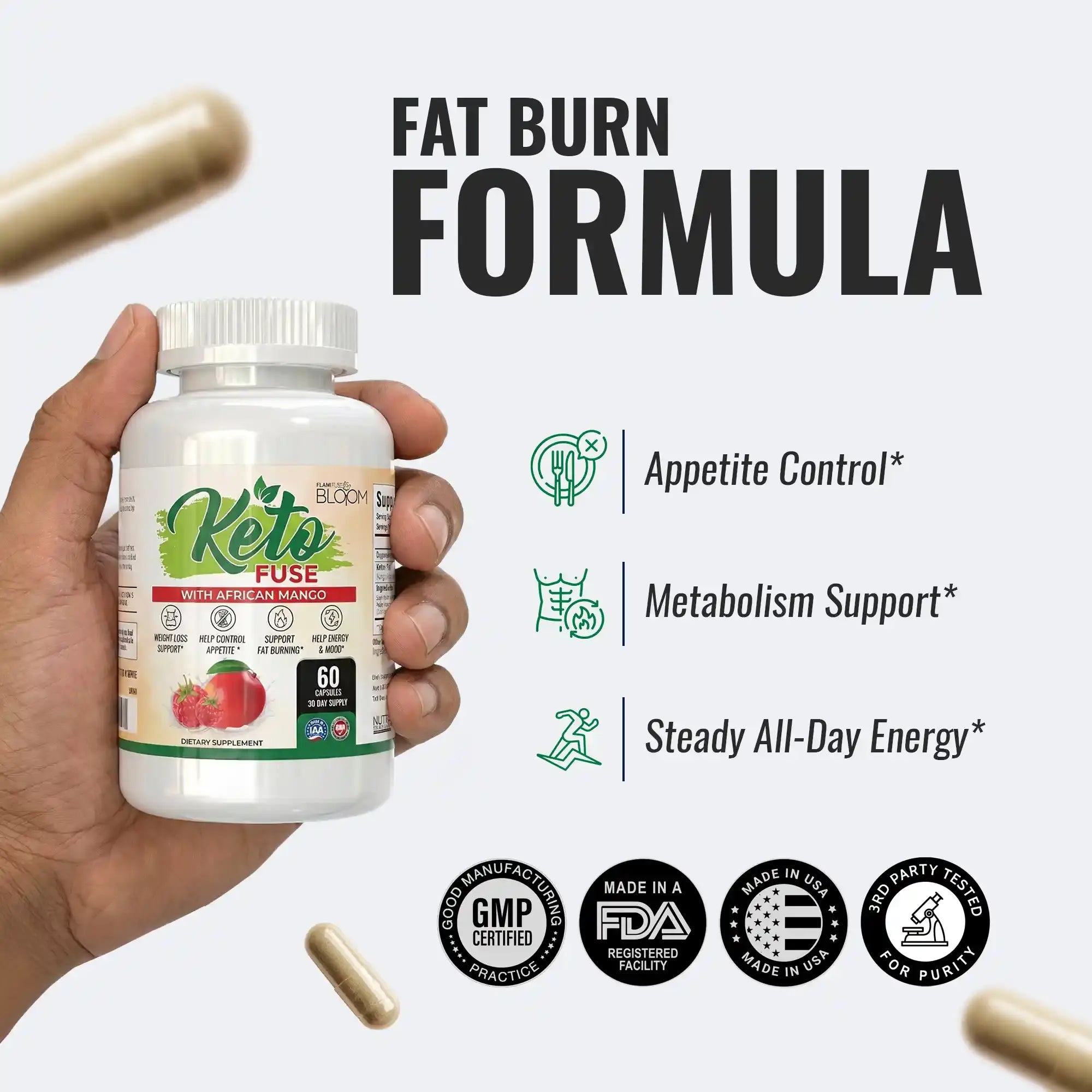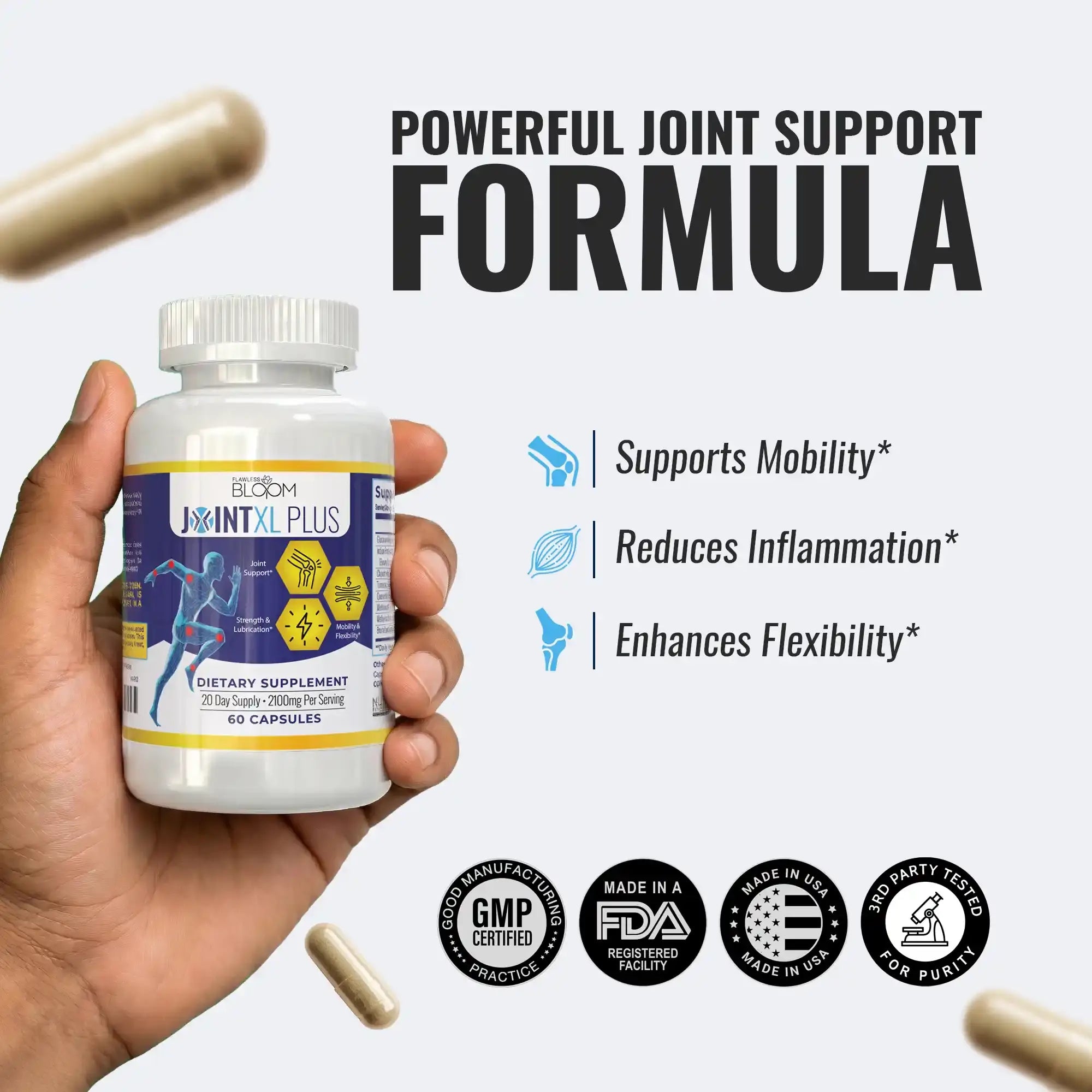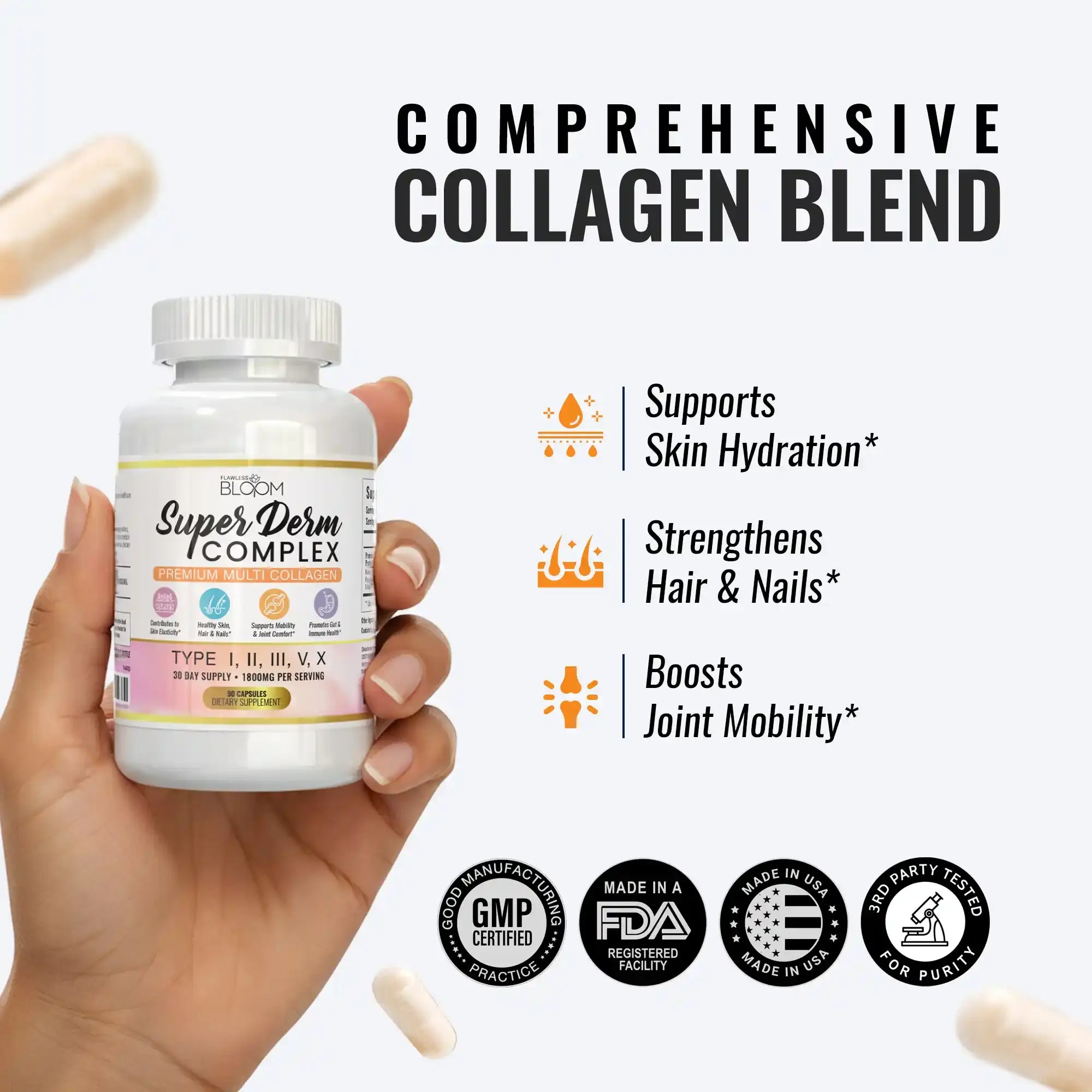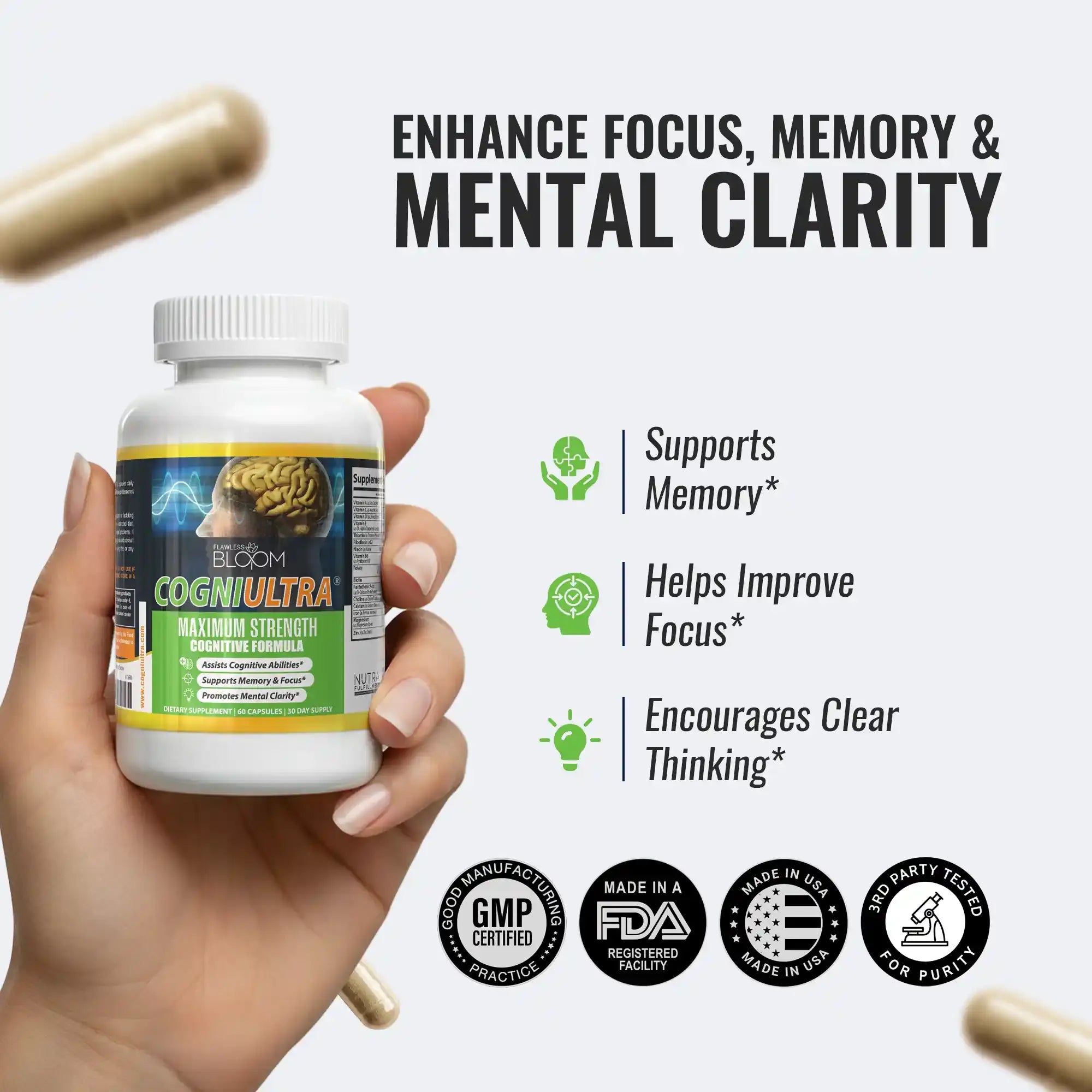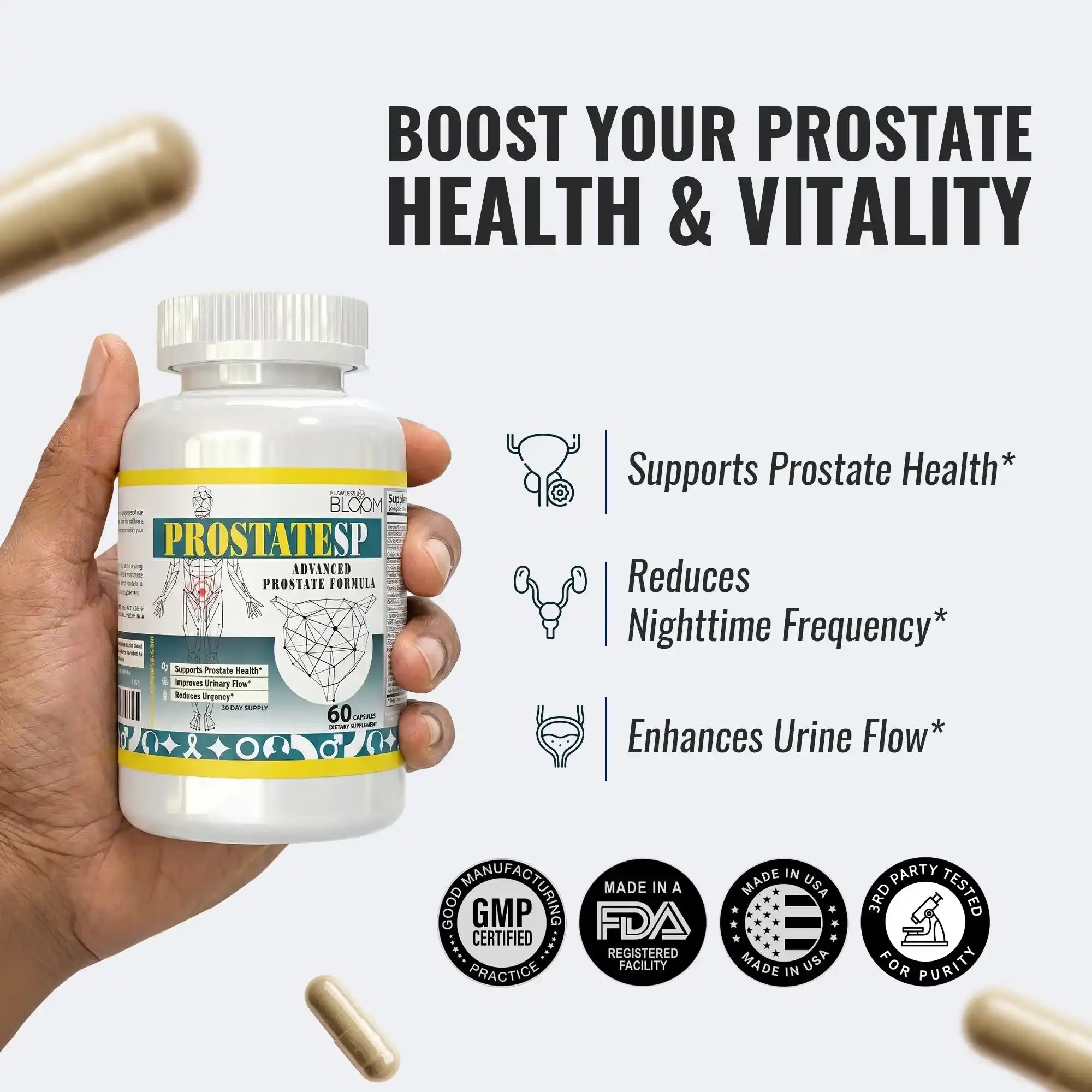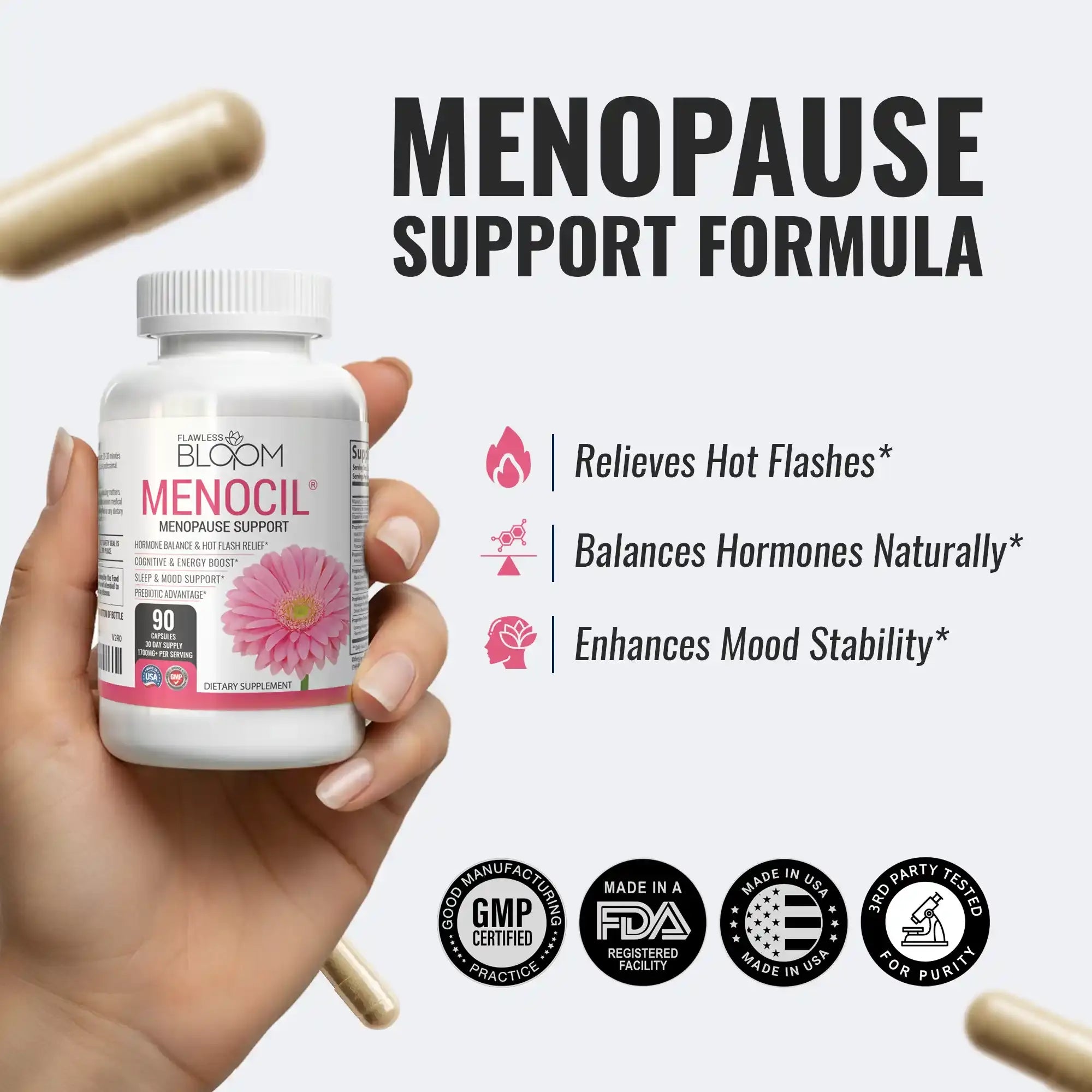Prostate Health and Exercise: What Men Need to Know
Prostate health and exercise go hand in hand. Regular physical activity can reduce the risk of prostate issues, improve circulation, and enhance overall well-being. Here’s what men need to know.
Advertiser Disclosure: We independently select all the products. If you click through links we provide, we may earn a commission.

Key Takeaways
- Exercise Supports Prostate Health: Boosts blood flow, reduces inflammation and lowers BPH risk.
- Aerobic Activities: Walking, swimming, and cycling improve prostate function.
- Kegel Exercises: Strengthen pelvic floor muscles, easing BPH symptoms.
- Strength Training: Balances hormones and reduces prostate issues.
- Yoga: Reduces stress and targets the pelvic floor.
- Exercise Recommendations: 150 minutes of moderate activity weekly for prostate health.
- Moderate vs. Vigorous Exercise: Both aid in reducing inflammation and boosting DNA repair.
- Safety First: Consult a healthcare provider before starting an exercise routine.
The Connection Between Exercise and Prostate Health
Engaging in regular physical activity significantly benefits prostate health and overall well-being. Exercise boosts blood flow to the prostate, reducing inflammation and improving tissue health.
A 2008 study indicates that aerobic activities like walking, swimming, or cycling help maintain a healthy prostate by promoting better urinary function and reducing the risk of benign prostatic hyperplasia (BPH) and prostatitis.
For men managing BPH, adopting specific prostate exercises, such as kegel prostate exercises, strengthens the pelvic floor muscles. This, according to a 2024 study, enhances bladder control and reduces discomfort.
Resistance training and interval exercises have also been linked to maintaining hormonal balance, which may positively influence prostate function.
A consistent routine that blends cardiovascular and strengthening exercises is a key component of maintaining a healthy prostate.
So, studies reveal a strong connection between exercise and a reduced risk of serious prostate issues. All you have to do, now, is balance the intensity and type of activity, as overexertion or prostate exercises to avoid may trigger adverse effects.
Regardless of age, implementing tailored, sustainable exercise routines can reduce prostate-related symptoms and contribute to a higher quality of life. Additionally, Natural Remedies for Enlarged Prostate can complement exercise routines, supporting overall prostate health and offering a holistic approach to managing symptoms.
According to Dr. Mark Thompson, Urologist
Regular physical activity plays a crucial role in prostate health by improving blood circulation and reducing inflammation. Exercise not only helps manage BPH symptoms but also enhances bladder control and overall function. Pairing physical activity with natural remedies creates a comprehensive approach to prostate care.
Best Types of Exercise for Prostate Health
 Best Types of Exercise for Prostate Health
Best Types of Exercise for Prostate Health
- Cardiovascular Exercise: Activities like walking, jogging, cycling, and swimming promote blood flow and reduce inflammation, providing remarkable benefits for urinary function and overall prostate health. Aim for 30 minutes daily.
- Strength Training: Incorporating weightlifting and resistance training builds muscle strength, supports hormonal balance, and, according to a 2022 study, reduces prostate-related symptoms. It is especially effective as an exercise for benign prostatic hyperplasia management.
- Pelvic Floor Exercises: Prostate gland exercises, including kegel prostate exercises, strengthen muscles supporting urinary and sexual functions, helping men manage BPH symptoms and enhance bladder control and provide sexual support.
- Flexibility and Stretching: Stretching enhances circulation, alleviating pelvic discomfort and reducing tension around the prostate. It's a gentle yet impactful addition to exercises for healthy prostate maintenance.
- Yoga and Mind-Body Exercises: Yoga lowers stress and inflammation, aiding prostate health. Poses like Hero and Cobbler further target the pelvic floor, offering holistic support to manage BPH symptoms effectively.
Exercise Recommendations for Men with Prostate Concerns
For optimal prostate health, experts recommend at least 150 minutes of moderate-intensity physical activity weekly. You can go brisk walking or swimming, which provides ample benefits for circulation and stress reduction.
Alternatively,75 minutes of vigorous exercise, like jogging or playing tennis, will just do. These can promote cardiovascular health and may lower the risks of severe prostate issues, including cancer and BPH. A balanced mix of exercise intensity can cater to varying fitness levels while ensuring results over time.
But, even as we advocate for exercise, we need to know the role of moderate vs. vigorous exercise in prostate health.
Moderate exercises, like gentle cycling or walking, help manage inflammation and conditions like benign prostatic hyperplasia (BPH). Vigorous routines, when sustainable, boost DNA repair mechanisms, promoting resilience against aggressive cancer forms.
However, for recovery or symptom management, consistency trumps intensity. Gentle prostate gland exercises, like kegel prostate exercises, are especially valuable post-surgery or during treatment. They strengthen pelvic floor muscles and promote bladder control without straining the body.
So, men with BPH or prostatitis benefit from regular incorporation of low-impact activities to alleviate symptoms. Exercises for benign prostatic hyperplasia, like tailored resistance training, help manage weight and improve hormonal balance.
Those recovering from prostate cancer treatment should prioritize kegel exercises after prostatectomy and light aerobic activities, ensuring gradual progress while minimizing discomfort. Always consult with healthcare providers while at it.
During our research, we came across an insightful video by @MayoClinic that highlights the importance of exercise for men with prostate cancer.
How Exercise Helps Prevent Prostate Problems
Regular exercise, as we’ve already mentioned, is a cornerstone of prostate health. Maintaining a healthy weight through activities like walking, swimming, or jogging can lower obesity-related risks, which are linked to issues like prostate enlargement.
Specific movements, such as kegel prostate exercises, strengthen pelvic muscles, improving urinary control and overall function. By keeping body fat in check, especially around the abdomen, exercise also minimizes inflammation tied to prostate concerns.
Exercise boosts circulation and balances hormones, both vital for prostate support. Activities like yoga or cycling improve blood flow to the prostate, aiding nutrient delivery and removing toxins.
Additionally, exercise helps regulate hormones like testosterone and insulin, reducing risks of benign prostatic hyperplasia (BPH) and inflammation. Whether it’s targeted prostate exercises or aerobic routines, consistent movement can protect and enhance prostate health.
Incorporating the best prostate supplement alongside regular exercise can further support prostate wellness and help achieve optimal health outcomes.
Safety Considerations
When dealing with prostate issues or recovering from treatment, safety in exercise should always come first.
Begin by consulting with your healthcare provider to develop an exercise plan tailored to your needs. This is particularly crucial when initiating prostate gland exercises, such as kegel prostate exercises. These can strengthen pelvic floor muscles, but may need customization based on individual health.
Watch for signs like:
- Pain
- Dizziness
- Abnormal fatigue, or worsening symptoms
These may indicate overexertion or unsuitable exercise intensity. Avoid overtaxing workouts; instead, ease into routines like urinary bladder exercises or exercises for benign prostatic hyperplasia, ensuring gradual improvements without risking harm.
Conclusion
Exercise is a powerful tool for prostate health, supporting better urinary function, reducing inflammation, and enhancing overall well-being.
From brisk walks and kegel exercises for benign prostatic hyperplasia to resistance training, the right activities can make a meaningful difference. Regular physical activity isn’t just about preventing future issues; it’s about living vibrantly now.
You don’t need to overhaul your life overnight. Simple, consistent steps build momentum. By prioritizing exercise as part of your routine, you take control of your health, empowering yourself for a stronger, healthier future. Start today; your body and mind will thank you.
FAQs
References
Flawless Bloom has strict sourcing policies and relies on primary sources such as medical organizations, academic institutions, governmental agencies, and peer-reviewed scientific journals. Read more about how we ensure our content is accurate, thorough, and unbiased by reading our editorial process.
- Effects of Running Distance and Performance on Incident Benign Prostatic Hyperplasia: https://doi.org/10.1249/MSS.0b013e31817b8eba
- The effect of pelvic floor muscle training in men with benign prostatic hyperplasia and overactive bladder: https://doi.org/10.1007/s00345-024-04974-7
- Resistance Exercise Training Increases Muscle Mass and Strength in Prostate Cancer Patients on Androgen Deprivation Therapy: https://doi.org/10.1249/MSS.0000000000003095
- The role of yoga in inflammatory markers: https://doi.org/10.1016/j.bbih.2022.100421



